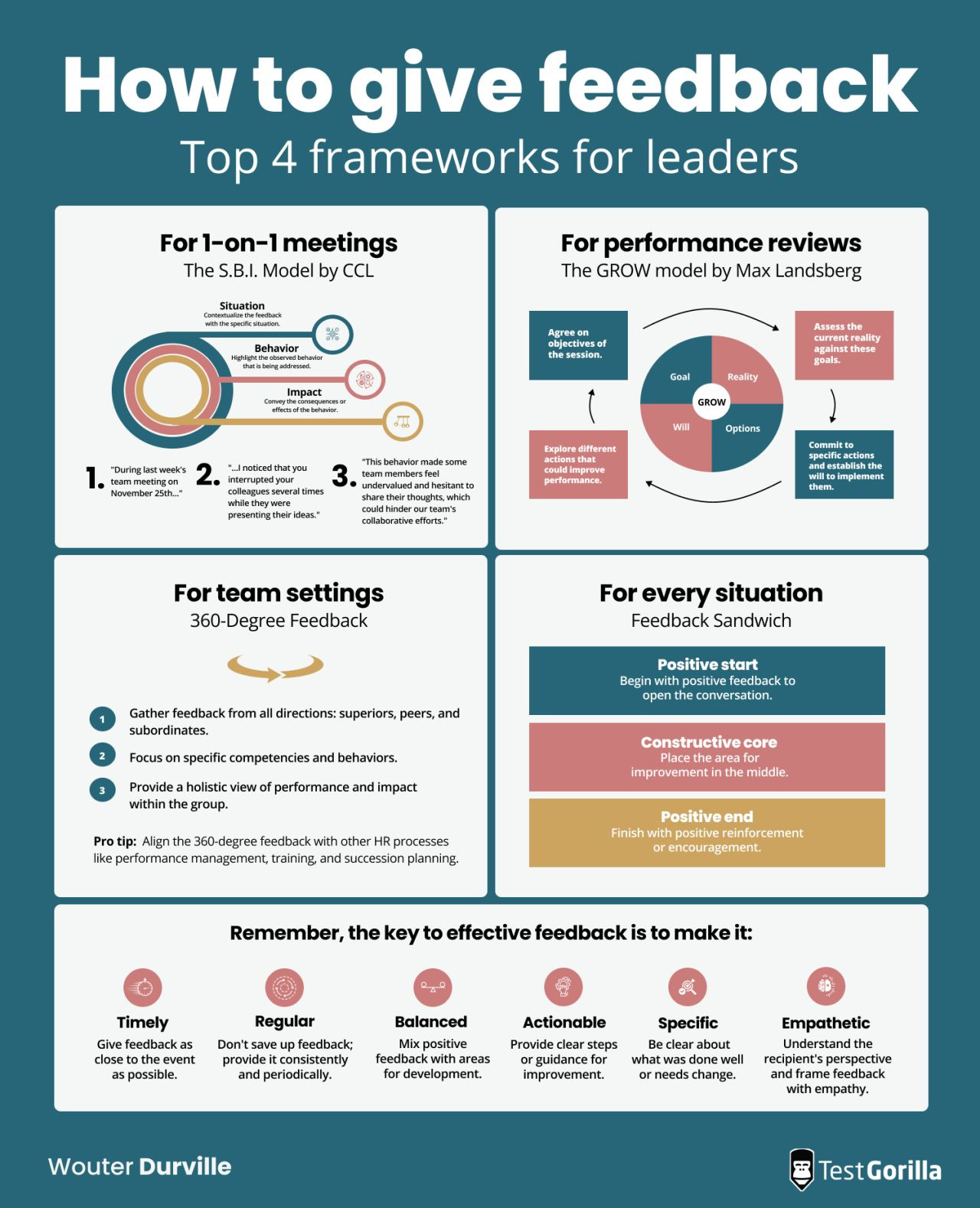Fight for overhead, make everyone fundraisers & limit your words.
Kevin L. Brown’s weekly newsletter
Konnichiwa
I’m in Kyoto, Japan right now — marveling at the late-autumn colors. 🍁
If you missed the first weekly edition, a quick reminder. Each Friday, this Fundable & Findable newsletter will include three insights to help you get funding. Plus the weekly bonus and a P.S. at the end.
Just click the comment button (or reply to this email), and I respond to everyone.
— Kevin
💪🏽💛
Three insights
1. What if pizza shops were funded like nonprofits?
“We do not pay for overhead.”
“Especially not your salary. No no.”
This parody video — What If Pizza Shops Were Funded Like Nonprofits? — painfully shows why nonprofit leaders need unrestricted funding and trust-based philanthropy to serve impact.
(Especially you, funder friends.)
Then give this post a share ♻️ to spread the story:
Overhead is operational. Not optional.
Overhead is pivotal. Not peripheral.
Overhead is a virtue. Not a vice.
Overhead is fuel. Not fluff.
“If you are restricting funding and focusing on overhead, you are actively preventing nonprofits from doing their work,” says Vu Le.
“You are helping to spread the fires of injustice.”
Because nonprofit leaders deserve more than monetary morsels. A well-fed brand feeds change. And overhead is the oven of opportunity.
“The irony for the field as a whole is that a technique meant to control costs actually undermines efficiency and program quality,” says Clara Miller.
“The inability of nonprofits to invest in more efficient management systems, higher skilled managers, training, and program development over time means that as promising programs grow, they are going to be hollowed out, resulting in burned out staff, under-maintained buildings, out of date services, and many other symptoms of inadequately funded ‘overhead.’”
So invest in infrastructure, not just ingredients.
Bake whole pies, not slices.
And starve no mission.
(Video credit: Human Services Council of New York)
2. Everyone is a fundraiser.
Most fundraising is not about asking for money.
The majority is good communications.
That’s why the entire team and board is a brand touchpoint. And fundraiser too. Because every single email, meeting, event, field visit, or social post is like a mini donor campaign.
Get this.
“Not everyone on your team is going to be confident or comfortable with asking, but that doesn’t mean they don’t play important roles in fundraising,” says Darian Rodriguez Heyman.
Learn the three roles in this quick guide.
Every conversation is a cultivation chance.
3. Donor distrust grows as words flow.
Simplicity speaks truth to donors.
But more words = less trust.
In fact, Polish scientists used neuroimaging to understand messaging credibility and found that excessive wordiness triggered brain regions associated with suspicion.
(So I’ll be brief.)
A few brand limits:
🧑🏾💻️ 10-page pitch deck
✍️ 2,000-word blog posts
🎥 90-second online video
🖥 Seven-section homepage
📬 300-word email newsletter
💡 One-page theory of change
💬 Three-sentence elevator pitch
📩 40-character email subject lines
And a gut check for those of you triggered by this timeless wisdom. ⤵
Complex problems and complex solutions don’t require complex communications. We’re not talking about being reductionist.
“Don’t omit important facts or nuance, oversimplify or dumb down,” says the book Smart Brevity. “Short, not shallow.”
Because fundraising believability starts with brevity.
The weekly bonus
Giving feedback is such a critical part of internal communications, brand building, and nonprofit leadership. But many leaders weren’t trained in business or company management.
So here’s an infographic with four frameworks you can use.
Need my help?
If this advice is useful — but you’re ready to get even more fundable and findable — check out Brand Bootcamp.
It’s our self-paced, online course to maximize your funding. In just 15 minutes a day.
P.S.
Wisdom for your brand as we head into 2025.





How can I share your video.
great video